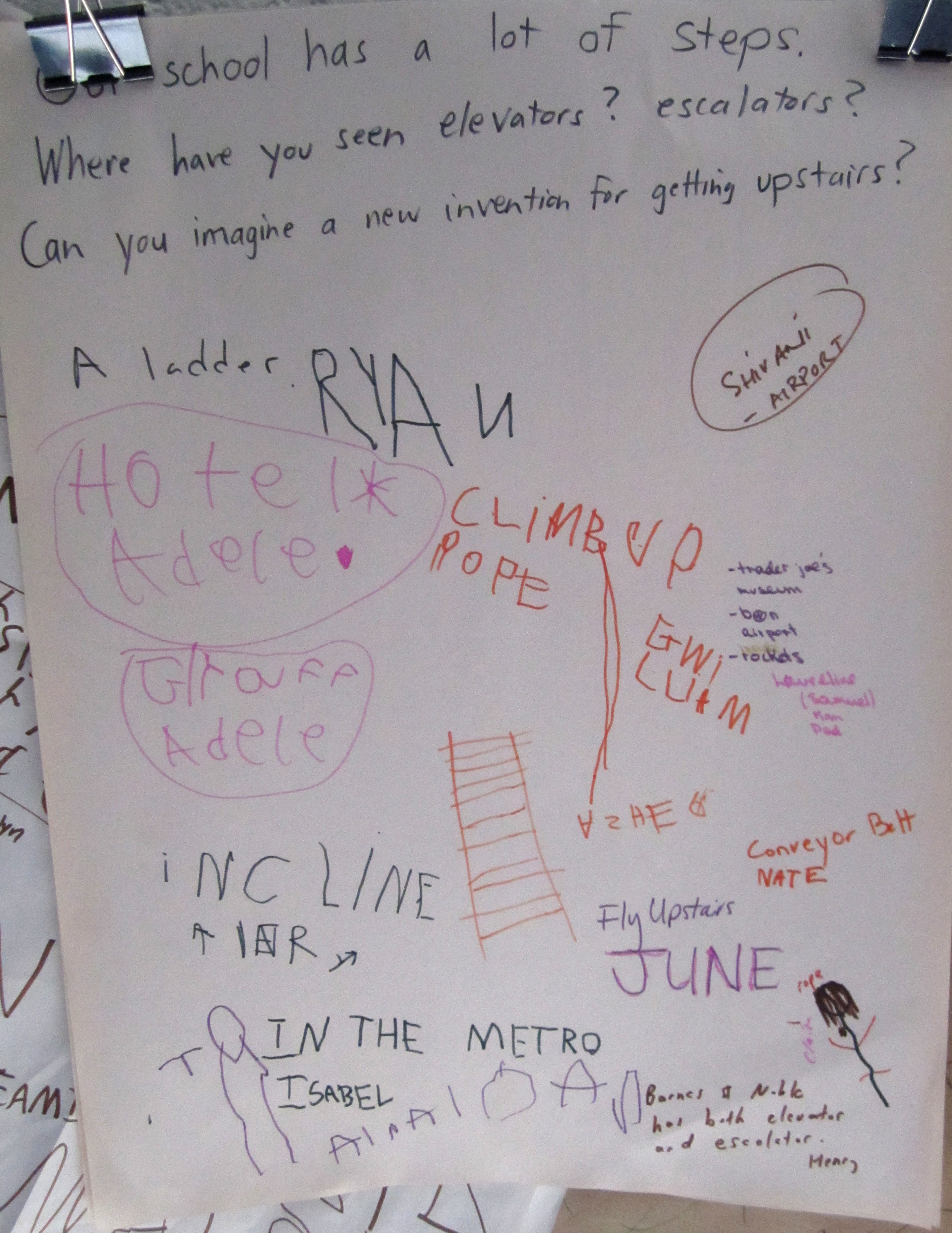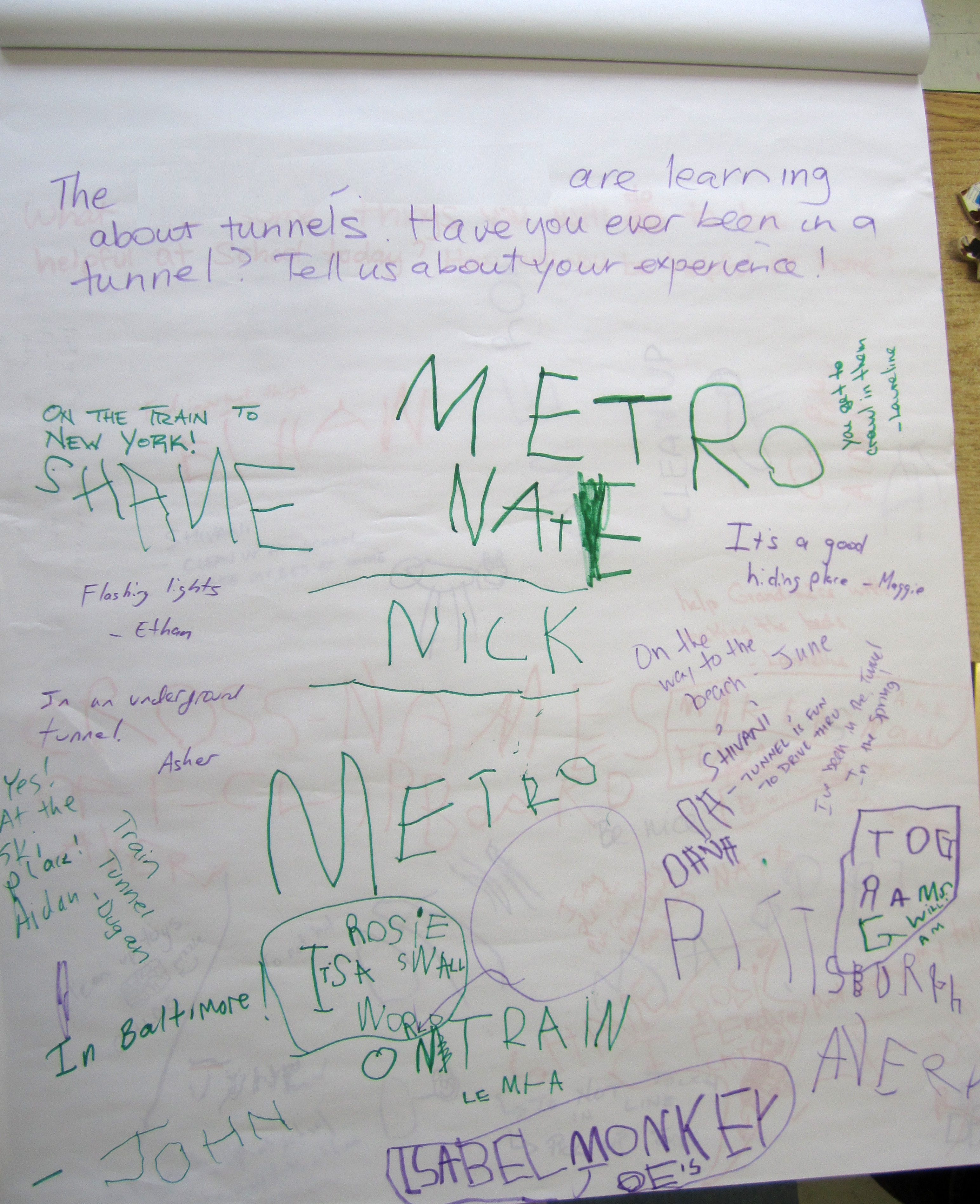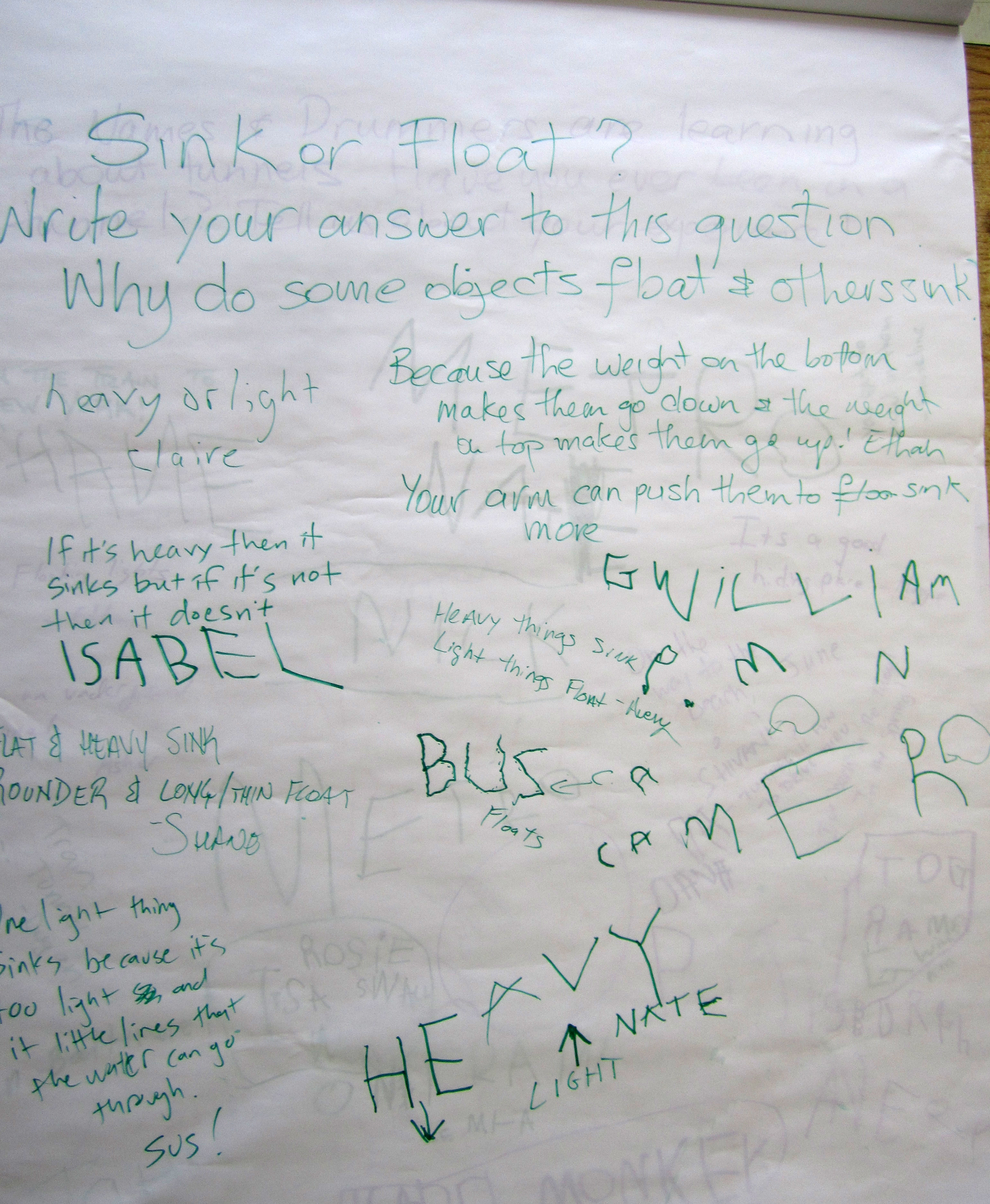10 Great Sessions for Administrators at the STEM Forum & Expo
By Korei Martin
Posted on 2016-05-31
At the 5th Annual STEM Forum & Expo, taking place on July 27-29 in Denver Colorado, administrators can expect to learn more about how they can incorporate STEM into their schools. From roundtable discussions to learning more about the benefits of professional development, the Expo will have everything an administrator will need or want. Check out the ten sessions below to get a sense of what we’ve got in store, and browse all of the administrator sessions here.
If They Make It, They Will Learn: The Maker Movement and K–12 STEM (Wednesday, July 27 0:00 AM – 0:00 AM)
- “Making” is more than tinkering, and the Maker Movement offers powerful project-based lessons for learning STEM in K–12 classrooms.
STEM Innovation in Independent and Charter Schools Roundtable Discussion (Thursday, July 28 11:00 AM – 12:00 PM)
- Join us for an interactive roundtable to share and discuss our best practices for fostering STEM innovation in charter and independent schools.
Engaging School Principals in Professional Development (Thursday, July 28 11:00 AM – 12:00 PM)
- We will present project activities and outcomes of a Principals’ Inquiry Institute coinciding with a teacher professional development project focused on inquiry/investigation science.
Green STEM in Guam: A Districtwide Initiative That Works (Thursday, July 28 11:00 AM – 12:00 PM)
- Hear about the district development and implement of a districtwide STEM Strategic Plan that is effectively building and supporting STEM programs across the district. Find out how Guam has connected to island resources supporting green STEM initiatives that allow students to work on real place-based issues. Sample K–12 projects will be highlighted.
ITEEA Session: Integrative STEM Education—Intentional Teaching through Engineering Design (Thursday, July 28 11:00 AM – 12:00 PM)
- Integrative STEM education serves as the theoretical and pedagogical premise for technological/engineering (T/E) design-based teaching and learning practices. This session will characterize the unique aspects of integrative STEM education that parallel but are not covered by other disciplines.
Integrative STEM for Middle School/High School Administrators and Educators (Thursday, July 28 1:30 PM – 2:30 PM)
- Our cross-disciplinary team will highlight the challenges and successes of designing and implementing integrative STEM for middle school and high school teachers, and how administrators can support innovative teaching and learning. Join us for discussions and NGSS-based signature activities featuring local resources for integrative STEM.
ITEEA Session: Integrative STEM FocalPoints—Connecting the I-STEM Dots (Thursday, July 28 1:30 PM – 2:30 PM)
- Wondering how to get a team of teachers to teach Integrative STEM? This session will highlight how educators from around the country created a framework for I-STEM Education.
Ballistic Missile Defense = Math + Science + You (Thursday, July 28 1:30 PM – 2:30 PM)
- At the U.S. Department of Defense Missile Defense Agency, we aim to create productive, long-term, and mutually beneficial partnerships to pursue innovative research; continuously improve the skills of our existing workforce; nurture and shape the development of our future workforce; and strengthen partner institutions. Moreover, our individual and collaborative efforts further increase the STEM workforce pipeline with U.S. citizens. Join us to learn more.
STEMification! How Do You Do That? (Thursday, July 28 3:00 PM – 4:00 PM)
- Learn how to transform your school into a STEM laboratory.
Planning a STEAM Night for Your School and Community (Thursday, July 28 3:00 PM – 4:00 PM)
- Create your own STEAM Night, a fun night of exciting, hands-on science, technology, engineering, arts, and math activities.
Register to attend here—and don’t forget, NSTA members get a substantial discount!
The mission of NSTA is to promote excellence and innovation in science teaching and learning for all.
Future NSTA Conferences
5th Annual STEM Forum & Expo, hosted by NSTA
2016 Area Conferences
National Conferences
- Los Angeles, California: March 30–April 2, 2017
- Atlanta, Georgia: March 15–18, 2018
- St. Louis, Missouri: April 11–14, 2019
- Boston, Massachusetts: March 26–29, 2020
- Chicago, Illinois: April 8–11, 2021
Follow NSTA
10 Sessions at the STEM Forum & Expo for Every Middle School Teacher
By Korei Martin
Posted on 2016-05-31
At the 5th Annual STEM Forum & Expo hosted by NSTA, taking place July 27-29 in Denver, Colorado, middle level educators will find more than 80 sessions specific to their area. A successful middle school STEM program allows students to create, innovate, communicate, and collaborate on projects that are driven by their own interests. Check out the 10 sessions below to get a sense of what we’ve got in store, and browse all of the sessions here.
Engineering Soil: It’s Not Dirt (Thursday, July 28 9:30 AM – 10:30 AM)
- Go in-depth into a unit that opens soils to the world of engineering and applies STEM concepts to a science discipline not typically integrated with math and engineering.
Games for Engineering Code: Learning by Design (Thursday, July 28 9:30 AM – 10:30 AM)
- Explore a model for using gaming principles for practicing coding alongside engineering design that was developed in North Dakota for students and adjacently as educator workshops.
Reverse Engineering for Middle School (Thursday, July 28 11:00 AM – 12:00 PM)
- Reverse engineering or disassembly is a useful way to introduce the engineering design process and practice basic engineering skills in a measured and structured setting.
Planning and Designing Safe, Sustainable, and Sustainable Facilities for STEM-Based Science (Science Facilities 101) (Thursday, July 28 11:00 AM – 12:00 PM)
- So you want new science facilities? Does your curriculum define your science teaching facility? With more than 15 years of conducting visits and presentations of new/renovated school science facilities, the author team of the NSTA Guide to Planning School Science Facilities (2nd. Ed.) will present the basics of science facility planning for safe, ergonomically-designed, and sustainable facilities.
Integrating the STEM Disciplines Through Everyday Engineering (Thursday, July 28 3:00 PM – 4:00 PM)
- Engage in hands-on activities that focus on three different aspects of engineering—designing and building, reverse engineering to learn how something operates, and the building and testing of models.
Tinkering with STEM (Thursday, July 28 3:00 PM – 4:00 PM)
- Use tinker labs and maker spaces to address the goals of STEM education in middle school classrooms. Examples from career technical education, art, and upper elementary school classrooms will be presented. The maker challenges will range from challenges to be completed in a class period to challenges lasting the entire school year and beyond.
3-D Modeling with Middle School Girls (Thursday, July 28 3:00 PM – 4:00 PM)
- Hear how teams of girls design Braille materials for museum education programs using NASA altimeter data.
Yes! You Can Teach Computer Science with Scalable Game Design! (Friday, July 29 9:30 AM – 10:30 AM)
- In scalable game design, students learn computational thinking patterns and 21st-century skills while coding video games and scientific simulations. NSF grant funded.
Beat Masters: The Energy of Sound Waves and Audio Engineering (Friday, July 29 9:30 AM – 10:30 AM)
- Tap into new learning in your classroom. Bring your laptop and headphones to hear this STEAM approach for analyzing sound energy as it relates to audio engineering in radio, television and film industries.
Engineering Deeper Understanding of Science (Friday, July 29 3:00 PM – 4:00 PM)
- Discover how integrating engineering and science can deepen student understanding of the NGSS. Take away project ideas ranging from lava lamps to Martian Landers.
Register to attend here—and don’t forget, NSTA members get a substantial discount!
The mission of NSTA is to promote excellence and innovation in science teaching and learning for all.
Future NSTA Conferences
5th Annual STEM Forum & Expo, hosted by NSTA
2016 Area Conferences
National Conferences
- Los Angeles, California: March 30–April 2, 2017
- Atlanta, Georgia: March 15–18, 2018
- St. Louis, Missouri: April 11–14, 2019
- Boston, Massachusetts: March 26–29, 2020
- Chicago, Illinois: April 8–11, 2021
Follow NSTA
Foster STEM in Young Children with these 10 Sessions at the STEM Forum & Expo
By Korei Martin
Posted on 2016-05-31
At the 5th Annual STEM Forum & Expo hosted by NSTA, taking place July 27-29 in Denver Colorado, lower elementary/early childhood educators will find more than 25 sessions catered to their area. The foundational skills learned and mastered through the integration of STEM during the early years, if done right, will help these students be critical thinkers and makers that can innovate the future they will be a part of. Check out the 10 sessions below to get a sense of what we’ve got in store, and browse all of the lower elementary/early childhood sessions here.
Creating Scientific and Mathematical Thinkers Through Hands-On Experiences and Open-Ended Questioning (Thursday, July 28 9:30 AM – 10:30 AM)
- Join us as we explore math and science concepts in an interactive, playful way by sharing a program we’ve designed called “Fun with Math & Science”—which is a parent/child interactive learning opportunity.
Engineers in the Block Area: How Building with Blocks Fosters the Growth of a Child’s Scientific Mind (Thursday, July 28 9:30 AM – 10:30 AM)
- Learn how to analyze block play as a global tool that can be used to develop a child’s scientific, mathematical, and engineering frame of mind.
Teacher and Child—Co-Explorers, Co-Learners (Thursday, July 28 1:30 PM – 2:30 PM)
- Through hands-on activity, discussion, and video, we explore how teachers’ own exploratory learning can guide children’s learning of core ideas and engagement in science practices.
Engineers Play, Too! (Thursday, July 28 1:30 PM – 2:30 PM)
- Learn how to incorporate literacy and “engineering play” into early elementary classrooms and how to use read alouds to spark engineering thinking in play!
Simple Machines Made Simpler Through Mechanical Puppets and Masks (Thursday, July 28 3:00 PM – 4:00 PM)
- These creations will surprise you by rolling their eyes, wiggling their ears, and sticking out their tongues, vividly illustrating concepts of levers and linkages.
Engaging Young Scientists in the Engineering Design Process to Create a PBL That Explores the Properties and Behavior of Matter (Friday, July 29 9:30 AM – 10:30 AM)
- Enhance conceptual understanding of the properties and behaviors of solids and liquids in a real-world STEM application to repurpose recycled solids.
STEMming Away from Stereotypes: Broadening Student Views on STEM Careers (Friday, July 29 11:00 AM – 12:00 PM)
- Since 1957, educators and social scientists have documented students’ stereotypical images of STEM professionals. Despite efforts to depict them accurately, most students do not perceive STEM professionals correctly. Strategies must be developed to change this misconception.
Teaching Engineering, Motion, and Energy Through Rube Goldberg (Friday, July 29 1:30 PM – 2:30 PM)
- This introduction to STEM for elementary classrooms will allow participants to explore motion and energy while creating their own Rube Goldberg machine using found objects.
Exploring Children’s (PreK–2) Physical Science Knowledge and Understanding (Friday, July 29 3:00 PM – 4:00 PM)
- Engage in performance assessment activities developed to explore what preK–2 children know and can do in physical science.
STEM in the Primary Classroom (Friday, July 29 3:00 PM – 4:00 PM)
- Supporting young children’s instinctive desire to explore STEM ideas and phenomena has lasting benefits. Come investigate how interdisciplinary STEM teaching and learning supports all students.
Register to attend here—and don’t forget, NSTA members get a substantial discount!
The mission of NSTA is to promote excellence and innovation in science teaching and learning for all.
Future NSTA Conferences
5th Annual STEM Forum & Expo, hosted by NSTA
2016 Area Conferences
National Conferences
- Los Angeles, California: March 30–April 2, 2017
- Atlanta, Georgia: March 15–18, 2018
- St. Louis, Missouri: April 11–14, 2019
- Boston, Massachusetts: March 26–29, 2020
- Chicago, Illinois: April 8–11, 2021
Follow NSTA
10 Sessions at the STEM Forum & Expo that show the Importance of Partnerships
By Korei Martin
Posted on 2016-05-31
At the 5th Annual STEM Forum & Expo hosted by NSTA, taking place July 27-29 in Denver, Colorado, attendees will learn how important it is to leverage partnerships. As the Nation recognizes the importance of STEM education to our economic future, collaborations in STEM education between PK–16 and business and cultural communities are becoming increasingly prevalent. Check out the 10 sessions below to get a sense of what we’ve got in store, and browse all of the sessions here.
The High Tide Lifts All Boats: Value of PreK–20 Partnerships for Teaching and Learning (Thursday, July 28 9:30 AM – 10:30 AM)
- Join in for an interactive session that explores the best practices for effective STEM PreK–20 partnership development and sustainability.
Kids Code: A University/K–12/Community Partnership to Engage Underrepresented Youth in Computer Science and Technology (Thursday, July 28 9:30 AM – 10:30 AM)
- Strengthen CS education through partnerships! University computer science faculty and students + STEM outreach educators + IT professionals = powerful technology experiences for underrepresented youth.
12 for Life: A Model Partnership Between Schools and Business (Thursday, July 28 1:30 PM – 2:30 PM)
- Discover how Carroll County Schools (GA) has improved graduation rate and promoted STEM education in underrepresented groups through a partnership with Southwire Company.
Gains in Engineering, Mathematics, and Science—What GEMS Can Do for You! (Thursday, July 28 1:30 PM – 2:30 PM)
- Receive an overview of the AEOP GEMS programs and show you how you can incorporate similar ideas and practices into your science classroom.
Building a Regional Culture of STEM (Thursday, July 28 3:00 PM – 4:00 PM)
- In order to build a culture of STEM, preK–12 teachers and students engage in real-world research at Saginaw Valley State University, as well as connect with outreach programs at The Dow Chemical Company.
Bridges to Education: A Partnership Model for Municipalities to Engage Students Through Real-World Problems (Thursday, July 28 3:00 PM – 4:00 PM)
- The City of San Diego’s “Bridges to Education” Partnership Program provides high school students an opportunity to create solutions for real-world civil engineering or architecture projects.
High School Students Become Environmental Educators (Friday, July 29 9:30 AM – 10:30 AM)
- Working with Keep Cincinnati Beautiful, high school students became environmental educators to teach preschoolers about how water pollution affects the wildlife in the Mill Creek.
Bridging the Attraction Gap: An Event-Based STEM Partnership That Gets Results (Friday, July 29 9:30 AM – 10:30 AM)
- Discover how to provide an engaging, collaborative, hands-on STEM exploration event that measurably excites and impacts youth, families, and educators in your community.
Successful STEM-Rich Making Practices That Benefit Underserved Students (Friday, July 29 11:00 AM – 12:00 PM)
- Engage with integrated STEM activities and learn how the Community Science Workshops successful practices create STEM-rich learning environments accessible to all kids.
Equity in STEM Education Roundtable (Friday, July 29 3:00 PM – 4:00 PM)
- The Equity in STEM Education Roundtable includes conference participants in the development of a framework that NSTA will use in developing strategies for equity and inclusion.
Register to attend here—and don’t forget, NSTA members get a substantial discount!
The mission of NSTA is to promote excellence and innovation in science teaching and learning for all.
Future NSTA Conferences
5th Annual STEM Forum & Expo, hosted by NSTA
2016 Area Conferences
National Conferences
- Los Angeles, California: March 30–April 2, 2017
- Atlanta, Georgia: March 15–18, 2018
- St. Louis, Missouri: April 11–14, 2019
- Boston, Massachusetts: March 26–29, 2020
- Chicago, Illinois: April 8–11, 2021
Follow NSTA
10 Upper Elementary Sessions at the 2016 STEM Forum and Expo
By Lauren Jonas, NSTA Assistant Executive Director
Posted on 2016-05-31
Once Upon an Earth Science Book: 12 Interdisciplinary Activities to Create Confident Readers
• hands-on science activities with engaging titles such as “Mountain Mayhem,” “Oceans on the Move,” and “Trash Soup”;
• readings that cover important Earth science concepts and support the Next Generation Science Standards;
• hands-on science activities with engaging titles such as “Mountain Mayhem,” “Oceans on the Move,” and “Trash Soup”;
• readings that cover important Earth science concepts and support the Next Generation Science Standards;
Bringing STEM to the Elementary Classroom
• conveniently organized into grade-level bands;
• conveniently organized into grade-level bands;
Connecting with families
By Peggy Ashbrook
Posted on 2016-05-29
Establishing close communication with families is an objective for early childhood educators and the programs they work in (NAEYC, ECERS-R, Head Start). You might be connecting with family members when greeting children at the door to the classroom in the morning or at pick-up time at the end of the day, sending email and paper newsletters, posting on school social media sites, and holding school open houses and parent-teacher conferences. A consistent connection at drop-off can ease the transition from home to school.
In the April/May 2016 issue of Science and Children I wrote about a practice at the Clarendon Child Care Center in Arlington, Virginia where teachers use a “Question of the Day” to connect with families in the morning drop-off time and stimulate children’s thinking about a topic. The questions are written on a large pad of paper where families can draw or write, if they choose, during morning arrival. The topics of the questions can refer to an on-going investigation or recent weather event, be a prompt for a new activity, or be a question asked by a child. Here are examples from the early childhood program. Click on a photo to see a larger version:
I might ask, “What does foam look and feel like?” when we are exploring how bubbles form and sponges absorb water. Or “What change might happen next in the growth of the Paw paw tree?”
What additional questions would you add to a list for your program?
Establishing close communication with families is an objective for early childhood educators and the programs they work in (NAEYC, ECERS-R, Head Start). You might be connecting with family members when greeting child
Are You and Your Students Ready for the Astronomical Event of the Decade?
By Guest Blogger
Posted on 2016-05-27
On August 21, 2017, the United States will be treated to the first total eclipse of the Sun visible in the country in almost 40 years.
Because the 2017 total eclipse will be visible only in the United States, it is known as The All American Total Solar Eclipse.
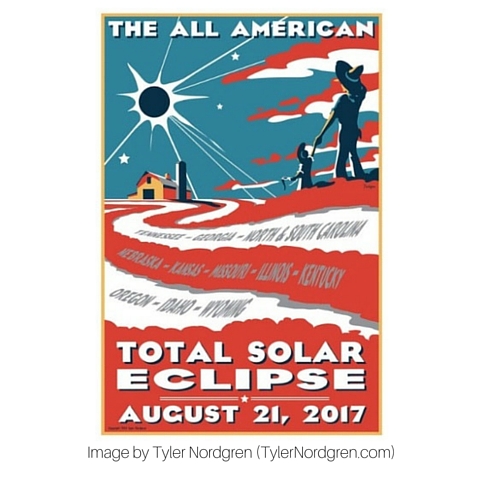 The spectacular total eclipse will only be visible in a narrow band about 60 miles across, stretching from a beach in Oregon to a beach in South Carolina.
The spectacular total eclipse will only be visible in a narrow band about 60 miles across, stretching from a beach in Oregon to a beach in South Carolina.
However, everyone in North America will see a partial solar eclipse, where a “bite” will be taken out of the Sun.
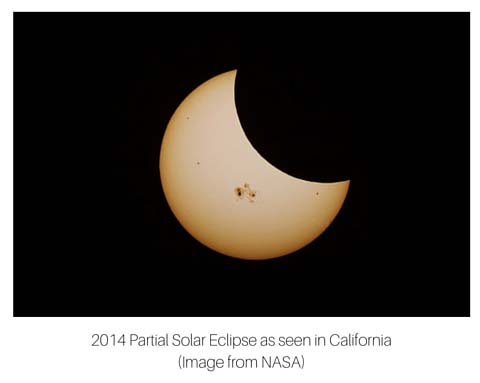 On August 21, 2017, some school districts will already have started the fall semester, while others will still be on summer break. If you are planning to travel to see the total eclipse, it may be too late, as many of the hotels and campgrounds in the eclipse path have already been reserved by astronomy enthusiasts. However, now is the right time to start planning for how you can make the solar eclipse a centerpiece of your science teaching during the coming year.
On August 21, 2017, some school districts will already have started the fall semester, while others will still be on summer break. If you are planning to travel to see the total eclipse, it may be too late, as many of the hotels and campgrounds in the eclipse path have already been reserved by astronomy enthusiasts. However, now is the right time to start planning for how you can make the solar eclipse a centerpiece of your science teaching during the coming year.
First of all, you will want to download the free 8-page Eclipse Observing Guide published by the National Science Teachers Association (NSTA).
This will give you all the basic information you need: The cause of eclipses, where and when you can see the 2017 eclipse, what time it will happen in each part of the United States, and how to help students observe it safely (including how to get inexpensive, but safe glasses). Feel free to share copies of the booklet or its URL with colleagues, plus students and their families. (When you look at the map of the total eclipse path, if you find you have relatives or friends in that zone, now may be the time to start being REALLY nice to them.)
Next, you can start deciding how to incorporate the Sun, Moon, and eclipses into your 2016-17 curriculum, so you can make the most of this wonderful teachable moment. NSTA realized that this would be great timing to publish a book full of hands-on experiences and teaching resources for educators, Solar Science: Exploring Sunspots, Seasons, Eclipses, and More.
 Solar Science provides detailed experiences and information that will not only prepare you and your students for the eclipse, but also give you the tools you need to convey key science concepts associated with the eclipse: the motions of the Moon and Sun in the sky, the causes of the Moon’s phases, how these relate to the causes of an eclipse, and the reason we had to wait 40 years to see another total solar eclipse in the United States. All of experiences in the book are aligned with the Next Generation Science Standards (NGSS) and use the 5E instructional model.
Solar Science provides detailed experiences and information that will not only prepare you and your students for the eclipse, but also give you the tools you need to convey key science concepts associated with the eclipse: the motions of the Moon and Sun in the sky, the causes of the Moon’s phases, how these relate to the causes of an eclipse, and the reason we had to wait 40 years to see another total solar eclipse in the United States. All of experiences in the book are aligned with the Next Generation Science Standards (NGSS) and use the 5E instructional model.
But we hope your eclipse teaching activities will not be limited to your students. We know that people learn best what they teach others, so please consider having your students become eclipse experts to their families, to other classes, or to your whole school. If you get ambitious, they (and you) could link up with your local library or community center to become a resource to the entire community. You could:
- Host an eclipse observing party at your school that includes information, demonstrations, and safe observing. For example:
- Start the party before the eclipse begins and have eclipse glasses or materials available for everyone to make their own pinhole sun-projector.
- Connect with your local amateur astronomy group to see if they will set up telescopes to observe the eclipse. Check out the Night Sky Network to find if there is an amateur astronomy group near you.
- Follow the instructions in the NSTA Observing Guide to have binocular stations to project images of the Sun.
- Sell eclipse viewing glasses as a school fundraiser (See web links for bulk purchase of glasses in the Eclipse Observing Guide).
- During the weeks leading up to the eclipse, offer to do public sessions at the local library or community center, where you share ways to observe the eclipse safely or have them build pinhole sun projectors. This is another place to set up binoculars to show how to safely view the eclipse and/or to sell eclipse viewing glasses.
No matter what you decide to do, we wish you a cloudless, safe eclipse, and an educational event that will be remembered by your students for the rest of their lives.
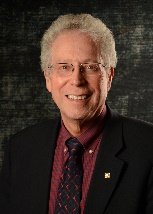 Dennis Schatz was for many years the Senior Vice President of the Pacific Science Center in Seattle, and is the author of 23 science books for children. He was program director for science education at the National Science Foundation from 2011 to 2015, before returning to Pacific Science Center as Senior Advisor. (See www.dennisschatz.org for more information)
Dennis Schatz was for many years the Senior Vice President of the Pacific Science Center in Seattle, and is the author of 23 science books for children. He was program director for science education at the National Science Foundation from 2011 to 2015, before returning to Pacific Science Center as Senior Advisor. (See www.dennisschatz.org for more information)
 Andrew Fraknoi is the Chair of the Astronomy Department at Foothill College in the San Francisco Bay Area and a former Executive Director of the Astronomical Society of the Pacific. He is the lead author of a college astronomy textbook and appears frequently on local and national radio programs explaining astronomical developments.
Andrew Fraknoi is the Chair of the Astronomy Department at Foothill College in the San Francisco Bay Area and a former Executive Director of the Astronomical Society of the Pacific. He is the lead author of a college astronomy textbook and appears frequently on local and national radio programs explaining astronomical developments.
Solar Science is published by NSTA Press and is available in the NSTA Science Store.
The miss
ion of NSTA is to promote excellence and innovation in science teaching and learning for all.
Future NSTA Conferences
NGSS Workshops
- Discover the NGSS, San Diego, June 29–30
- NGSS Summer Institute, Reno, July 15
- NGSS Summer Institute, Detroit, Aug. 8
- Discover the NGSS, Fall 2016 & Spring 2017
2016 STEM Forum & Expo
2016 Area Conferences
2017 National Conference
Follow NSTA



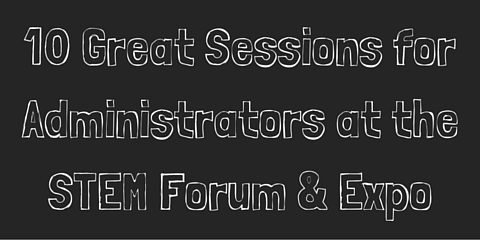
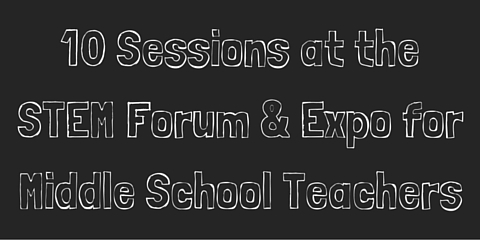
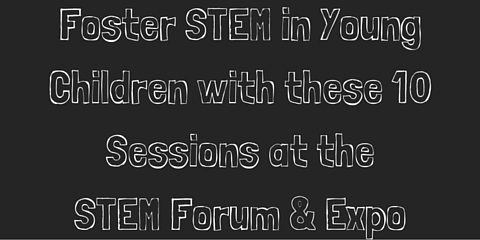
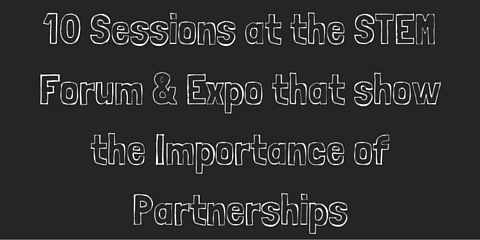
![2016-04-25 11.17.50 [2]](/sites/default/files/blog/2016/05/2016-04-25-11.17.50-2-1024x602.jpg)
